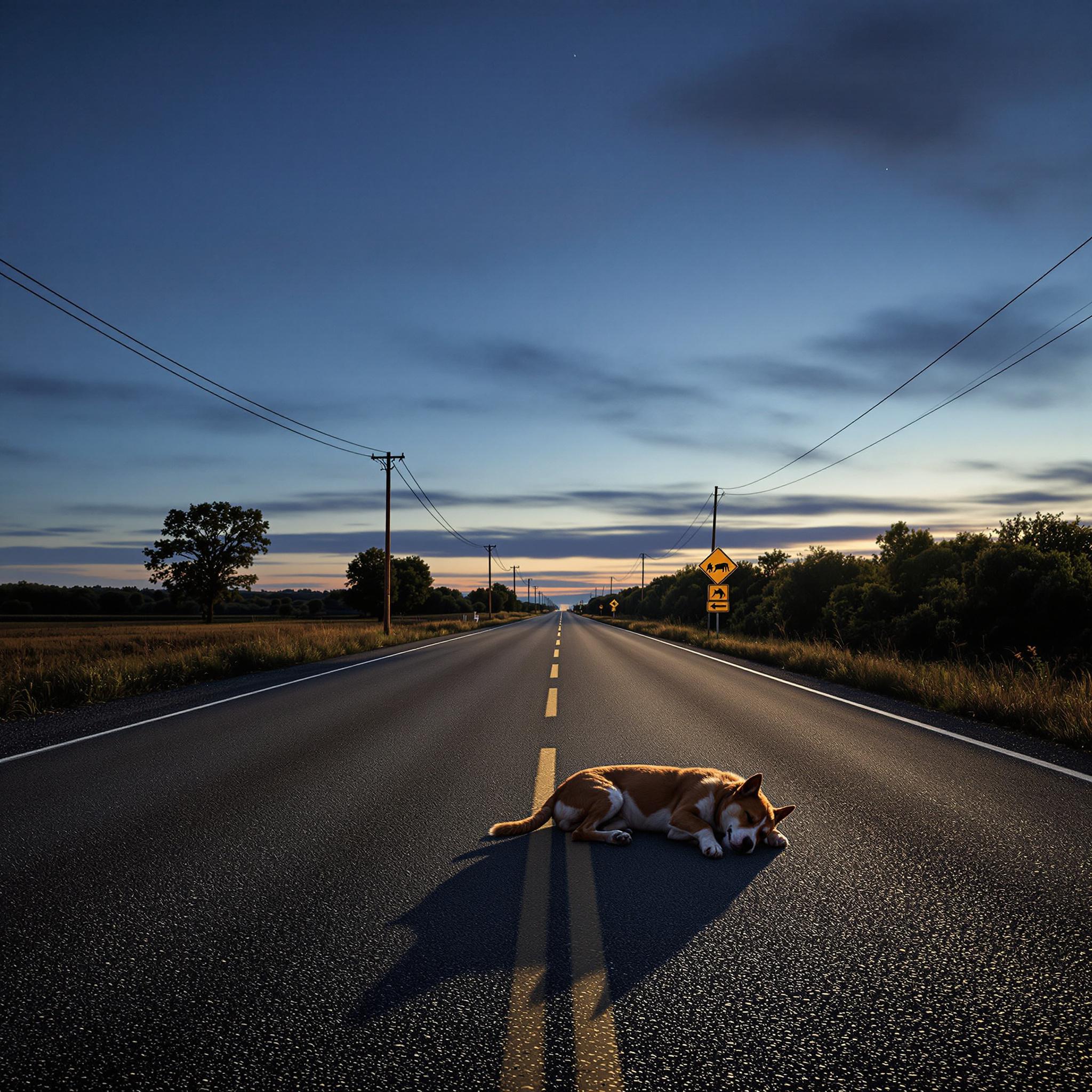What to Do If You Find an Injured Animal? A Guide for Effective Intervention
By Lost'Him Team • February 22, 2025

Finding an injured animal—whether a dog, cat, bird, rodent, reptile, horse, or farm animal—requires calmness, caution, and quick action. The animal may be in pain, disoriented, or even aggressive due to fear. Taking the right steps can give it the best chance of survival and ensure it receives prompt care. Here’s a guide on how to respond in such a situation.
1. Assess the Situation Safely
👉 Best Practices to Follow:
- Stay calm and observe from a distance: Assess the animal without making sudden movements.
- Identify potential dangers: Busy roads, presence of other animals, risk of bites.
- Wear protective gear if possible: Leather gloves, long sleeves.
💡 An injured animal may react unpredictably, even if it appears docile.
2. Observe the Animal’s Condition
👉 What to Check?
- Visible injuries: Open wounds, bleeding, deformed limbs.
- Breathing: Is it fast, slow, wheezing?
- Behavior: Aggression, lethargy, whining, trembling.
💡 Take photos to help professionals make an initial assessment.
3. Approach and Secure the Animal Carefully
Each species reacts differently to pain and stress.
👉 Safe Approach Tips:
- Speak softly and move slowly without sudden gestures.
- Use a cloth or towel to cover the animal if handling is necessary.
- If the animal is immobile, use a rigid surface (board, plastic lid) to gently transport it.
- For dogs and cats: Use a leash or place them in a transport crate.
- For birds: Cover them with a light fabric and place them in a ventilated box.
- For reptiles: Use a long object to move them safely.
💡 If unsure, do not attempt to handle the animal.
4. Check for Identification
Identification can help contact the owners quickly.
👉 What to Look For?
- Collar and tag: Check for a phone number.
- Tattoo: Usually located inside the ear or on the inner thigh.
- Microchip: Take the animal to a veterinarian or shelter for scanning.
- Ear tag: Common in farm animals.
💡 Quick identification can save the animal’s life.
5. Contact the Right Professionals
Do not handle the situation alone—seek expert help.
👉 Who to Call?
- Veterinarians: For emergency care and microchip scanning.
- Local animal protection groups: SPCA, shelters, wildlife rescue organizations.
- Firefighters or police: If the animal is dangerous or in a risky area.
- Wildlife authorities: If the animal is a protected species.
💡 Do not attempt to give medication without veterinary advice.
6. Comfort and Monitor the Animal While Waiting for Help
👉 What to Do?
- Speak softly and stay nearby without crowding the animal.
- Provide temporary shelter: A blanket, a ventilated box.
- Monitor its breathing and note any behavioral changes.
💡 Keep your distance if the animal becomes aggressive.
7. Special Cases: Wildlife and Exotic Pets
Wild animals and exotic pets require special attention.
👉 What to Do?
- Wild birds: Contact a bird protection organization.
- Wild mammals: Notify wildlife authorities.
- Exotic reptiles: Contact a veterinarian specializing in exotic pets.
💡 Some species are legally protected and should not be handled without permission.
8. Report the Injured Animal on Lost’Him
The Lost’Him app allows for community mobilization and helps locate potential owners.
👉 How to Proceed?
- Open the app and select \"I Found an Animal.\"
- Add photos and a detailed description (type of injury, behavior).
- Specify the exact location where the animal was found.
- Indicate if the animal has been handed over to a professional.
💡 A detailed report increases the chances of identification and proper care.
9. Mistakes to Avoid
🚫 Actions to Avoid:
- Do not handle without protection: Risk of bites.
- Do not feed or give water: Some foods can worsen the condition.
- Do not delay calling for help: Every minute counts.
- Do not leave the animal unattended: Stay until professionals arrive.
💡 When in doubt, seek professional assistance.
Conclusion: A Life-Saving Act of Kindness
Finding an injured animal is an emotional experience, but your intervention can make all the difference. With calm and proper actions, you can help save a life and relieve suffering.
👉 Summary of Key Steps:
- ✅ Assess the situation while ensuring personal safety.
- ✅ Observe the animal’s condition.
- ✅ Approach carefully and secure the animal.
- ✅ Check for identification.
- ✅ Report the injured animal on Lost’Him.
- ✅ Contact the appropriate professionals.
- ✅ Comfort and monitor the animal while waiting for help.
💡 Every action matters. Acting quickly and correctly increases the animal’s chances of survival and helps reunite it with its family. ❤️🩹🐾
 EN
EN  FR
FR